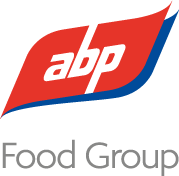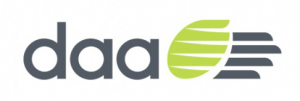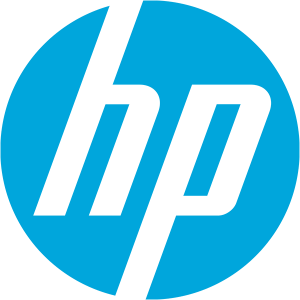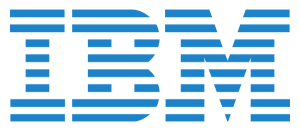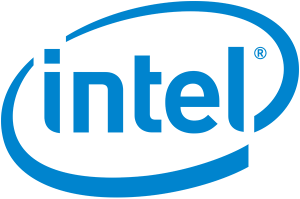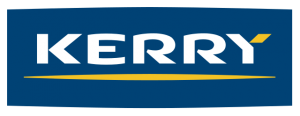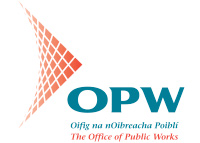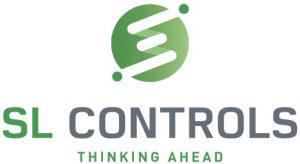Overview
The course is designed to enable maintenance staff to be effective in the use of PLCs to identify faults in modern manufacturing equipment. This qualification will present opportunities to work in maintenance or programming in diverse areas within the manufacturing sector. It will provide graduates with a high standard of training and assessment leading to a recognised qualification for those pursuing a career in a production environment.
PLC’s are at the center of modern automation systems. If you can understand how PLC’s think and how they generate fault messages, then you can use them as a powerful diagnostic tool. Our PLC course will enable maintenance staff to interrogate PLC code to determine the cause of machine faults and hang-ups. This course is intended for learners already familiar with Siemens PLC’s. If you are a beginner, we recommend you complete the Introduction to PLC’s module first.
This 4-day course involves the use of Factory I/O plc training simulation software. Factory I/O has revolutionised the way that PLC training can be delivered and provides the platform for a deeper gamified learning experience. Factory I/O consists of a virtual factory consisting of a multitude of commonly used actuators and sensors built to create a factory scene. This scene then interfaces with Tia Portal so that programme code written by the learner, controls the factory scene.
This intensive course is 80% hands-on and delivered face to face in the classroom. Learners are given graduated and structured challenges to work on outside the classroom to deepen the learning experience. Factory I/O allows learners to develop their own, more complex scenes along with the associated code. We inject faults (hidden from the learner) into scenes. Learners are encouraged to upload the faulted scene and use the associated code with their observations to narrow to the fault cause.
Our experienced developers have ensured that learners will experience and practice code structures that are routinely seen in Industry.
(click here to learn more about Factory I/O)
Course objectives
At the end of the course the learner will be able to:
- Navigate Tia Portal competently
- Set-up an Ethernet Interface to Communicate with a Siemens S7-1200 PLC
- Assign an IP address to the PLC using BOOT-TP
- Compare Offline files to those in PLC memory
- Understand the way Tia Portal organises Ladder Files
- Create PLC Data Files define data types
- Use Watch Tables
- Interrogate Basic Ladder Logic Instructions and how they interact with Data Files.
- Use the Cross-Referencing tool to navigate code
- Learn programme structure for Sequence/State control
- Track and Control sequences with the MOV,EQ and LIM instructions (found commonly in Industry)
- Troubleshoot a robot Pick and Place sequence with simulated faults in Factory IO
Course content
Theory
What is a PLC, Input Devices, Output Devices,
Describe the PLC Scan cycle and how it reads and writes to the Input and Output Image tables, Revise Truth table Logic
Explain how Programs consist of routines, routines consist of rungs, rungs consist of read and write instructions and ho instructions act on Data files.
Allen Bradley Data Addressing Structure
Theory Quiz in Moodle and Kahoot Quiz.
Communications
- Setup a Static IP on your Laptop,
- Use BooTP to assign IP address to the PLC
- Setup a communications driver in Tia Portal,
- Tia Portal overview of Project organizer
- Go Online to the PLC
- Change IP and BooTP settings from Tia Portal.
Introduction to Factory IO
- Build a Basic Scene in Factory IO, Connect with PLC, Force actuators and monitor IO
Basic Logic Instructions
- Examine if Closed Instruction can act on any Data address
- Examine if Open
- Output Energise Instruction
- Write code to control the Factory IO Stack Lights
Practice Basic Instructions
- Use Basic Instructions to Control a Conveyor to select.
- Introduce Timer and Counter Instructions
Sequence Control
- Follow state transition programming to control a Pick and Place Unit
- Instruction used in sequence control will be: MOV, EQ, LIM, ONS, ONF
Day 2: Use Sequence Control Logic to Pick Boxes from an infeed conveyor and place on an Outfeed conveyor.
BREAKOUT SESSIONS BETWEEN CLASSROOM DAYS:
- Learners develop their Factory I/O scenes between training sessions.
- Game: who can modify their sequence to produce as many boxes as possible in 1 min.
Review Pick and Place code and run competition “boxes per minute”.
Practice troubleshooting pre-written code for a factory scene.
Revision & Assessment
QQI Accreditation
6N5370 Programmable Logic Controllers This Award is one component required for the Major Award 6M5154 Maintenance Skills Technology
Learner Entry Requirements
A learner seeking entry to this Level 6 programme does not need a previous formal qualification but should have relevant work or life experience to have reached the standards of knowledge, skill and competence associated with Level 5 of the National Framework of Qualifications.
Problem solving with PLCs requires strong logical thinking skills. We recommend that inexperienced learners first attend the three-day Introduction to PLC training course. Learners would typically be involved in the maintenance of equipment in the manufacturing sector and have a technical craft background. They should be familiar with the activities related to maintaining production equipment.
Competence in written and spoken English is essential. International students whose first language is not English are required to have an appropriate score in an approved examination in English language. We accept an IELTS test score of 6. We also accept IELTS equivalents such as TOELF score 60-78 and Cambridge exam level B2 or a Duolingo online test.


